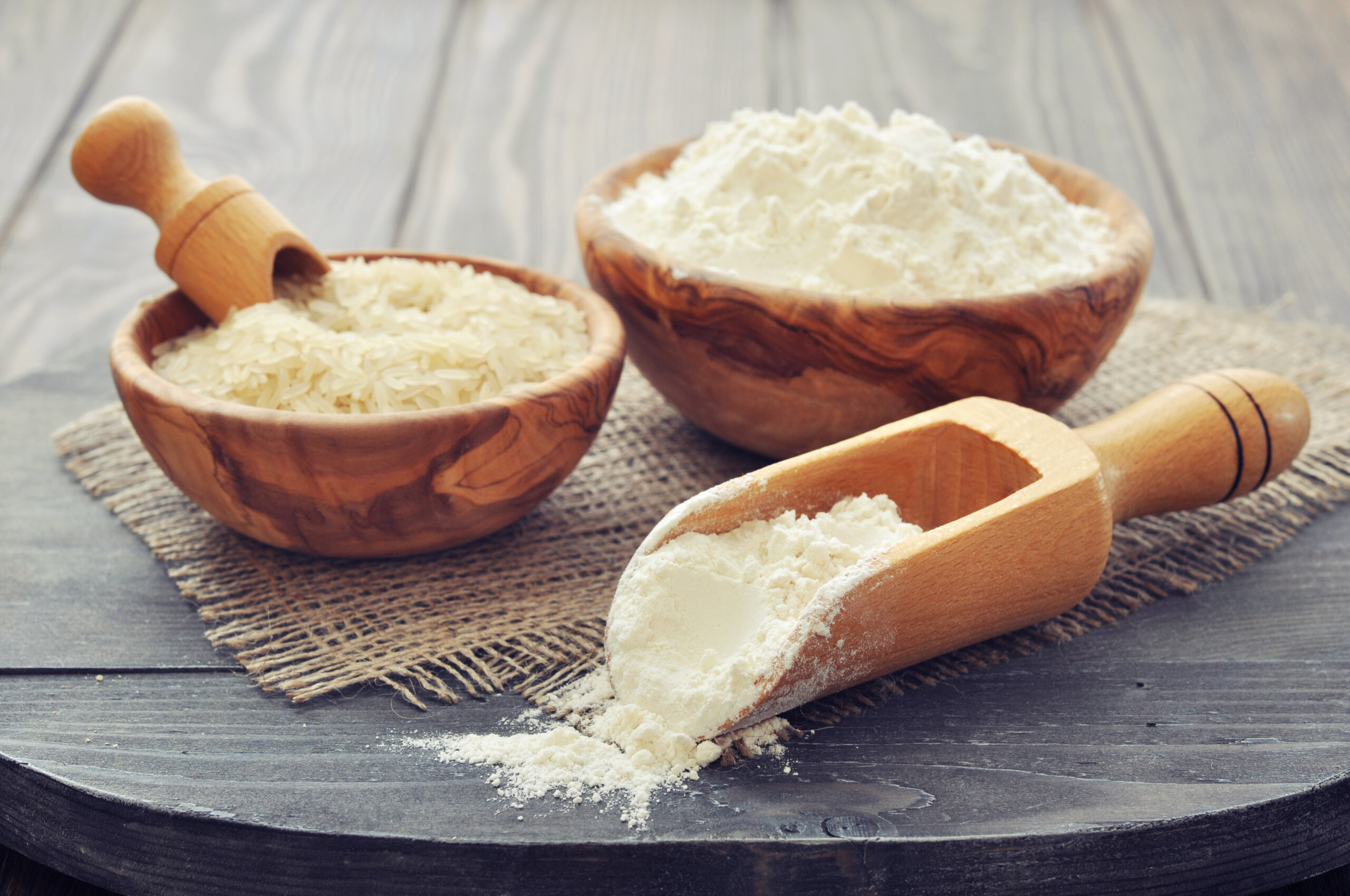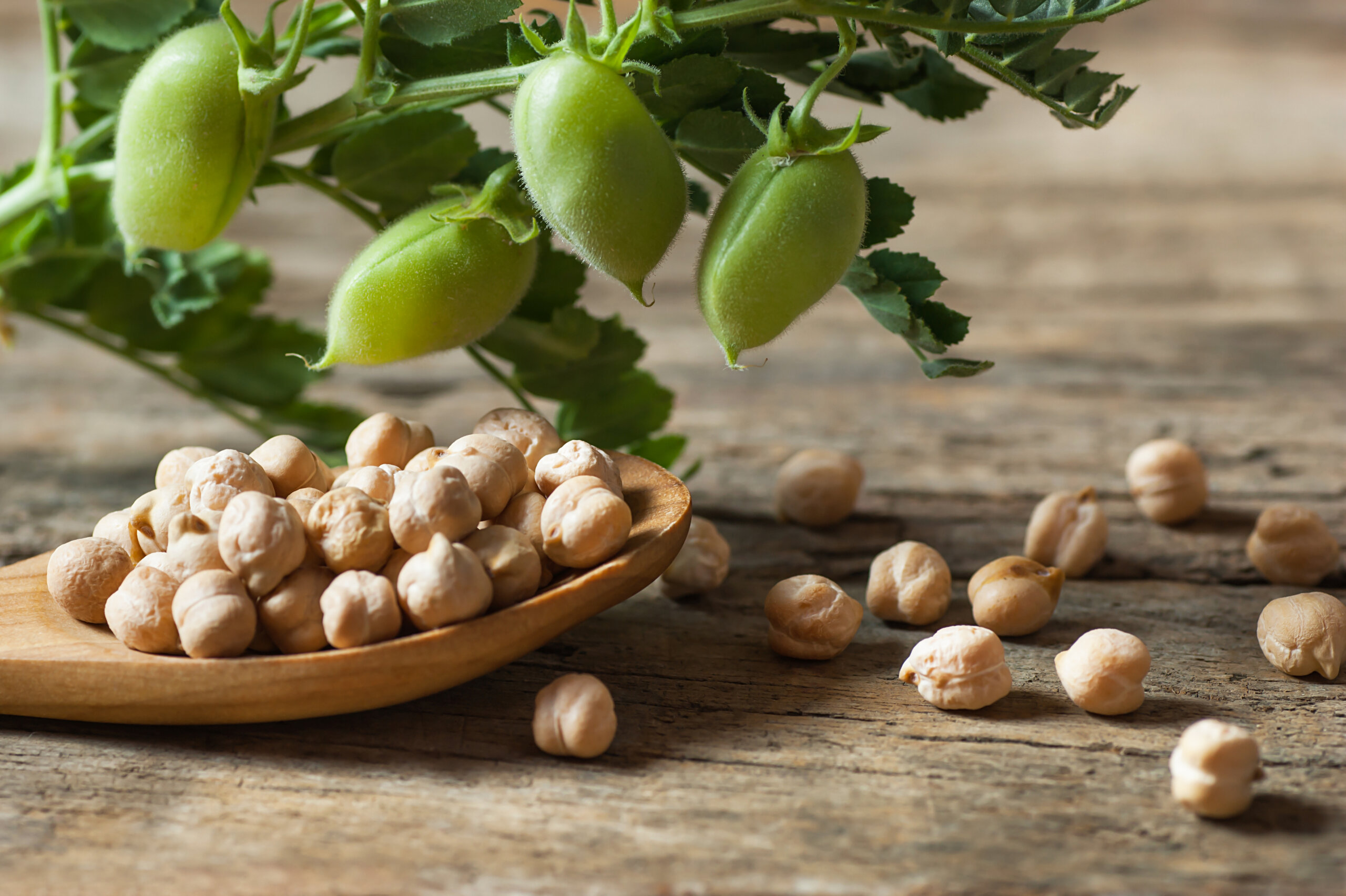The Raspberry market has been continually growing in recent years, and there is no sign of it slowing down any time soon. There has been huge development in raspberry sizing and flavour, with sustainability also playing a big part. There is increasing focus on durability, with disease-resistance playing an important role in the breeding process. Many growers opt for growing raspberries in substrate, this garantess fewer pesticides and is also hugely sustainable.
The current market demand is consumer looking for large fruit, light colours and good shelf life. Growers are busy developing good yields and low cultivation costs to keep up with the needs.
Peru
The Peruvian growers are aiming for international markets and are still in the stage of accumulating experience in overseas markets, such as the United States. The majority of raspberry producers in Peru are small farmers. They have between one to five or eight hectares.
There is a high productivity in this region, with 10,000 plants per hectare which allow producer to obtain 6000-7000kg in the first year, increasing to 12-15000kg in the 2nd year.
The entry of new patented varieties will increase this production even more, having the advantage of perfect soil, water and climate conditions. The size of the berries is almost double that of Chilean raspberries and begins to produce fruit from the age of five months.
An UK-based company is launching an independent Raspberry variety trial that spans from nine countries and includes 22 commercially licensed varieties. This trial, which will be underway through to December 2021, will provide an opportunity for propagators to see how their plants deliver against a range of criteria.
Poland
In Poland, growers are investing in construction of effective irrigation and fertigation systems to keep up with the changing Raspberry landscape. Estimate production for this year is expected to reach 122 thousand tons, which is 60% more than last season.
The situation in the international trade is favorable, which was an additional factor that contributed to good price levels. Up to 70% of Polish Raspberries are sold to industrial customers.
Serbia
The cultivation of raspberries is dominant in Serbia, with 40,000 hectares cultivating berries. In the last year, 209 million euros of frozen raspberries alone were exported. They have seen excellent export results during the pandemic. The average export price is around 1.5 EUR per kilogram, which means that it would be good to export more first class than now. However, the big problem is still low yields of only 5.5 tons per hectare, which is at the level of underdeveloped production. the solutions for improving the sector are quality planting material, strict control and application of standards, development of contractual relations, coordination of producers, buyers and processors, development of real cooperatives, education.
Spain
Recent hurricane-type winds devasted numerous agriculture production sites, causing severe damage in the west of the province. In particular, the greenhouse infrastructures containing raspberries was damaged causing big losses. The Spanish association reported a 10 percent decrease in raspberry plantations for the 2020-21 season. Prices are also under pressure and demand is low due to large volumes being sold from other countries.
Australia
Australia produces Raspberries to supply fresh berry markets locally and interstate. Tasmania is the largest Raspberry producer in this region, and although the state’s berry processing sector is currently small, it has recently experienced significant expansion in infrastructure investments. These include freeze drying and cool store facilities and enhancing capacity to produce semi-processed products such as seedless purees.
Chile
Chilean berry market is on the rise and continues to offer high quality produce. Automation process in IQF and optical sorters have played a key role in increasing the production and sales. Chile is one of the leading countries in the export of Berries, with companies orientating around high quality production.
Our Raspberries are grown in optimal growing environments and are valued for their colour, flavour and firmness. We ensure our organic products are grown with natural fertilizers and living organisms such as microbes and bees that replace fertilizers, and on farms that practice soil rotation to obtain the perfect soil balance.
We make sure our products are sustainably sourced to reduce the environmental and social impacts of their production.
We take great measures to be an honest supplier, and ensure our products are ethically sourced. Our organic farmers and producers adhere to legislative requirements in relation to organic production as well as our own strict internal standards. Organic standards rely on farming practices designed to minimize the impact on the environment, ensuring the agricultural system operates as naturally as possible. Tradelink’s quality assurance doesn’t stop at the fields, the processing plants that are used are an important part of the process.
Read more on our Raspberries here!
[su_divider top=”no” divider_color=”#726c6d” size=”7″ margin=”5″]
[su_button url=”https://www.facebook.com/tradelinksainternational/?view_public_for=105757601162821″ target=”blank” style=”flat” size=”5″ icon=”icon: facebook-f” text_shadow=”0px 0px 0px #000000″] [/su_button] [su_button url=”https://www.linkedin.com/company/tradelink-sa/?viewAsMember=true” target=”blank” style=”flat” size=”5″ icon=”icon: linkedin” text_shadow=”0px 0px 0px #000000″] [/su_button] [su_button url=”https://www.instagram.com/tradelinknz/” target=”blank” style=”flat” size=”5″ icon=”icon: instagram” text_shadow=”0px 0px 0px #000000″] [/su_button] [su_button url=”https://www.youtube.com/channel/UCewEsyFy0Y_1MdjwhsXvT0w” target=”blank” style=”flat” size=”5″ icon=”icon: youtube” text_shadow=”0px 0px 0px #000000″] [/su_button]
[su_youtube_advanced url=”https://www.youtube.com/watch?v=LCEkNZdMi04″ height=”200″ responsive=”no” fs=”no”]










